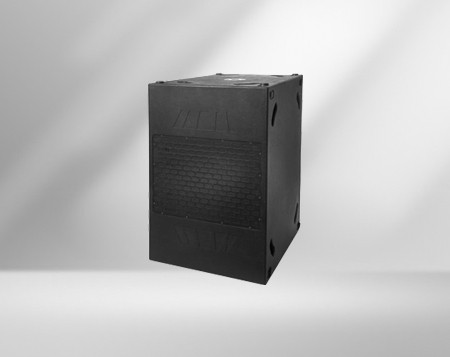source:Industry News release time:2022-04-16 Hits: Popular:Brand bar audio wholesale

① The tuner (www.gae-pro.com) should monitor the left and right channels separately. Should be familiar with the relationship between monitor sound and live sound, which largely depends on personal hearing.
②Use reverb to beautify the singing voice. For non-professional singers, the reverberation should be properly accentuated to cover up noise and defects in vocalization.
③ When the volume is small, pay attention to increase the low frequency and high frequency; when the volume is high, increase the intermediate frequency appropriately to enhance the brightness of the sound.
④ Tuning is mainly based on singing. Before the vocals appear, gradually lower the accompaniment to accentuate the vocals.
⑤ Pay attention to disco or rock music: when boosting the bass, do not turn the compensation knob violently, so as not to damage the amplifier and speakers due to excessive power output.
⑥If there is an acoustic feedback whistling sound, you should quickly reduce the total volume of the microphone (or fine-tune the knob) to remove the whistling sound, and then gradually increase it after finding out the cause.
1. The human voice is a compound sound. That is, it consists of the fundamental tone of the sound and a series of overtones. These overtones are the digits of the fundamental frequency (www.gae-pro.com), which are called partials in physics, harmonics in electroacoustics, and overtones in music. If the amplitude of low frequency overtones is strong, the timbre will be thick; if the amplitude of mid-frequency overtones is relatively strong, the timbre will be round, natural and harmonious; if the amplitude of high frequency overtones is relatively strong, the timbre will be bright, clear and analytical. powerful.
2. If the high-frequency frequency is too weak, the tone will become dull, lacking in charm and personality; if the high-frequency frequency is too strong, the tone will become shrill and harsh.
If the frequencies in the mid-to-high range are too weak, the timbre will become dull and hazy; if the frequencies in the mid-to-high range are too strong, the timbre will become dull.
3. If the low frequency frequency is too weak, the sound will become thin and pale; if the low frequency frequency is too strong, the sound will become muddy.
Popular recommendation
A6 ktv bar sound wholesale
2021-07-26F1 Mini bar sound Factory
2021-07-26I3 Small bar sound Vendor
2021-07-26Evolution 7E Sound bar Merchant
2021-07-16PSM318 DJ monitor Bar audio set Vendor
2021-07-16EVO 7THBar sound company
2021-07-17F218 Mk2 Learning audio Vendor
2021-07-14A3 Home ktv audio Merchant
2021-07-26D80/D100/D120 KTV brand audio Vendor
2021-07-26MB112Anhui Bar Audio Vendor
2021-07-14Resolution 2 School audio company
2021-07-15PSM18 POINT SOURCE MONITOR Speaker bar Factory
2021-07-16Reveal for you the pits of professional audio.Audio for bars
2022-04-07Why is the horn distorted?
2022-10-11Dongguan PARTY MASTER (original century) bar special audio---Mateng Audio
2022-08-01The difference between popular science professional audio and home audio
2022-03-22About the role of speaker crossover
2021-09-11Wuxi HYPER OG bar audio recommendation--Mateng Audio
2022-10-12Tongxiang SPACE Party Bar Special Audio----Mateng Audio
2022-06-30Speaker audio equipment.Audio equipment bar sales
2021-12-15Baoan IOS popular bar special audio--Mateng Audio
2022-03-08How to choose speakers from the technical parameters
2022-03-14Just five steps to teach you how to judge the quality of a speaker.Speaker bar wholesale
2022-05-16Classification of conventional speakers
2022-09-07